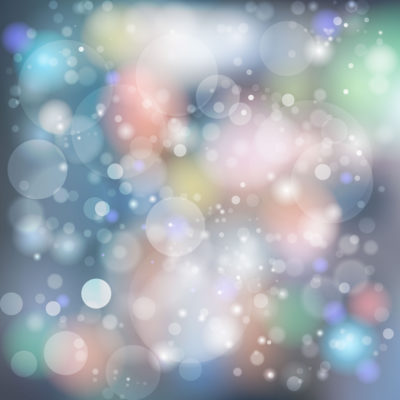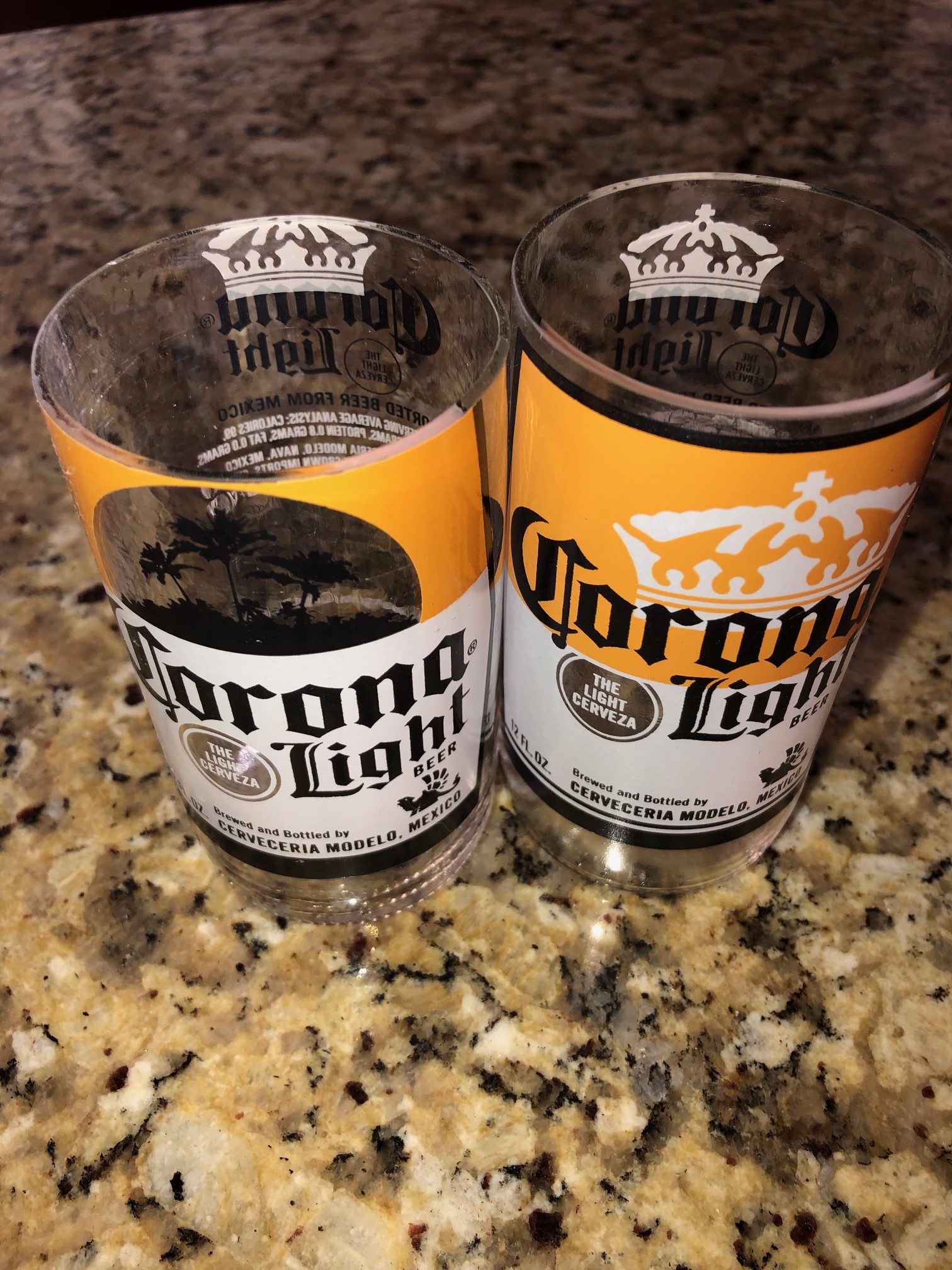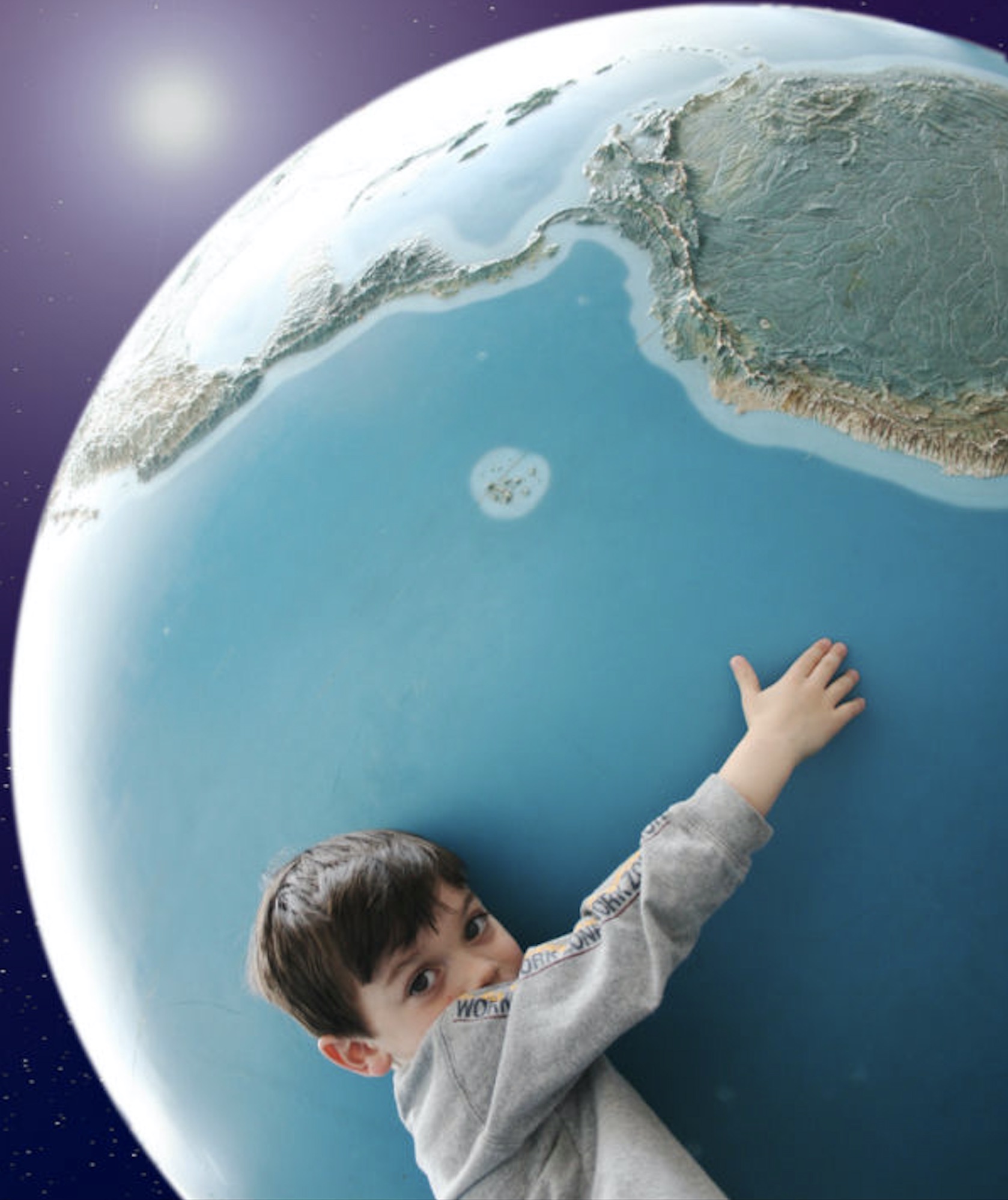To celebrate Earth Day (today – April 22) Business of Motherhood-style, here are some great and fun ways to go green with the kids from author and child expert Virginia Bentz, PhD, Mom Since 1979 (MS’79). I love how the author empowers parents in a fun & very do-able way to love Mother Earth. — Amy
Let the Eco-Friendly Fun Begin: 10 Great Ways to Get Green with Your Kids!
Spring is here and trees, flowers, and even those bothersome weeds will be in full bloom. As the planet experiences its annual rebirth, and as Earth Day approaches, many of us are thinking about how we can protect the environment. But there’s one group of citizens who are especially receptive to the “go green” message, says Virginia Bentz, Ph.D. Kids. If you have any of them living under your roof, you have the perfect opportunity to make a positive and lasting contribution to the future of our planet.
“Children, especially young children, are able to learn new habits far better than adults, and so they are the ideal audience for learning how to live in a more environmentally sensitive way,” says Bentz, author of the book “Quick Guide to Good Kids.”
“And since today’s kids will one day have to face what previous generations have done to the Earth, they should learn alongside grownups how to reverse some of the damage, or at least minimize it.”
There are countless ways to help today’s youth contribute to a greener planet, Bentz says. But the changes that need to happen must include an overall lifestyle modification that gets kids off the couch (or desk chair) and makes real differences in the world each and every day. Parents must find ways to pull the plug on the TV and computer and encourage outdoor activities along with proactive approaches to conservation. Luckily, the sky’s the limit! Keep reading for some of Bentz’s tips on teaching your children how to grow up green:
Model and reward responsibility
- . Children can learn the value of conservation at an early age. And the best way to ensure that they do is to make conserving a normal part of family life. In other words, practice what you preach. Turn out all lights and televisions or radios when you leave a room. Close the outside door each time you enter or leave the house. Turn off faucets while you brush your teeth and take quick showers.
“When kids see the whole family taking these steps, they will grow up showing care and responsibility for their planet,” says Bentz. “Kids learn what they live. But if they need a little boost to get started, you can reinforce these lessons with a star chart. For every day your kids conserve water and power, they each get gold stars. At the end of each week, you can reward them with a small prize to further instill green habits into their daily lives.”
Find your family’s footprint
- . A carbon footprint is the level of impact each person leaves on the environment in terms of the amount of greenhouse gasses he or she creates. While kids don’t directly affect the environment as much as adults do, it is never too early to teach them about reducing their footprints. Bentz suggests that you visit a website with a carbon footprint calculator—www.conservation.org/act/live_green/carboncalc/Pages/default.aspx, for example—to determine how much you collectively impact the planet.
Add some greenery to your bookshelf
- . Invest in a portable field guide to trees, plants, birds, and animals in your region, so you can pull it out and learn about your children’s collections along the nature trail. Field guides are great resources, since they provide information through pictures and brief blurbs—perfect for kids’ limited attention spans.
Bring green to school
- . It costs a little more, but today you can stock your children’s school bags with supplies made of post-consumer recycled materials. Recycled paper and pencils are easy to find in any school supplies store, and retailers are starting to offer bags and totes made of 100 percent organic cotton. Your kids will love the trendy new styles, and you will love that it’s great for the environment.
Get growing
- ! Teach your children that a garden is a great way to provide yummy fruits and vegetables without purchasing produce that has been shipped and jetted all over the world. Supply spades and other tools and let the kids dig holes in the dirt and mud. Soil is a wonderfully mutable substance that feels good running through their fingers and turns out even more conglomerates when mixed with water to make mud. Teach them how to drop seeds into the holes they have created and make sure they spend time in the garden watching the seeds grow into plants.
Create a compost pile together
- . Who needs environmentally evil fertilizers when common “garbage-bound” substances can create a friendlier compost heap?! Designate a corner of your yard or garden as your new compost pile and teach children which items are best candidates for the heap. Each day ask them to guess which foods and waste products should be added. Teach them about how grass clippings, fruit peels, dead house plants, old hunks of veggies, and other foods can be mixed with the soil to create a nutrient-rich blend to fertilize your garden. Remember that composting organic materials that would have otherwise gone to a landfill helps deter the production of methane and other harmful gasses.
Make yard work a family affair
- . Round up a wheelbarrow, rake, and shovel and host a family yard cleanup. The kids can help pull up weeds (in place of using chemical weed killers) and rake grass clippings and leaves to add to the compost pile. Working outside as a family provides great bonding time, teaches responsibility, and provides fresh air and exercise. Besides, the more kids get outdoors, the more they learn to appreciate the natural world.
Show kids that dirt doesn’t hurt, and itching isn’t forever
- . Don’t despair over your kids’ dirty hands and clothes after a fun afternoon outdoors. Remember that clothes and kids are fully washable—and the lessons they are learning from getting a little dirty will make lasting impressions on them that they will remember forever. And while playing and hiking outside can lead to encounters with the less pleasant aspects of nature—poison ivy, for instance—it’s good for kids to learn that the drawbacks are temporary…and worth it.
Give boredom the boot (the hiking boot, that is)!
- When kids get bored and moan about having nothing to do, don’t pop a bag of popcorn and sit them in front of the television. Instead, have them put on their hiking boots or sturdy sneakers and head out to the nearest state or national park for some nature appreciation. If you lead the way and set an example, they’ll follow. Don’t forget to leash the dog and bring her, too—everyone goes!
Draw your kids’ attention to the wonders of nature
- . When you go on a fun family hike, encourage your children to watch the ground for interesting things they can collect along the way: an unusual heart-shaped stone, a twisted branch, a dark pine cone, a fallen leaf. Provide a plastic baggie for each child marked with his or her name so these discovered treasures can be compared and admired after everyone gets back home.
“Stop to enjoy the sudden appearance of a horned owl on a branch above you, or a big-eyed deer that has halted suddenly ten feet away, in plain view,” says Bentz. “These are the moments that grip us with wonder, young or old. And they are the stuff of memory. Twenty years from now, your kids will remember that startled look in the deer’s eyes, and talk about it among themselves.”
You’ll notice that most of these tips are not about activism and preaching the environmental gospel, but about incorporating simple lifestyle changes that help kids become acquainted with the magnificent world around them.
“No matter how simple they may appear to you, these outdoor experiences nurture in your children an appreciation and love of the quiet splendor of the natural world, and promote their ability to find peace there,” she says. “This appreciation will make them more likely to protect and care for its plants and denizens, as they grow older. And in the long run, we’ll all be greener—and happier—for it.”
About the Author:
Virginia Bentz works as a bookseller for Borders, where she presents a weekly story time session for children. She also volunteers with children at the House of Healing. In her spare time, she does freelance writing and sings with a chorale. She has taught high school and college English and holds a Ph.D. from Case Western Reserve University. “Quick Guide to Good Kids” is her first book.







Leave A Comment